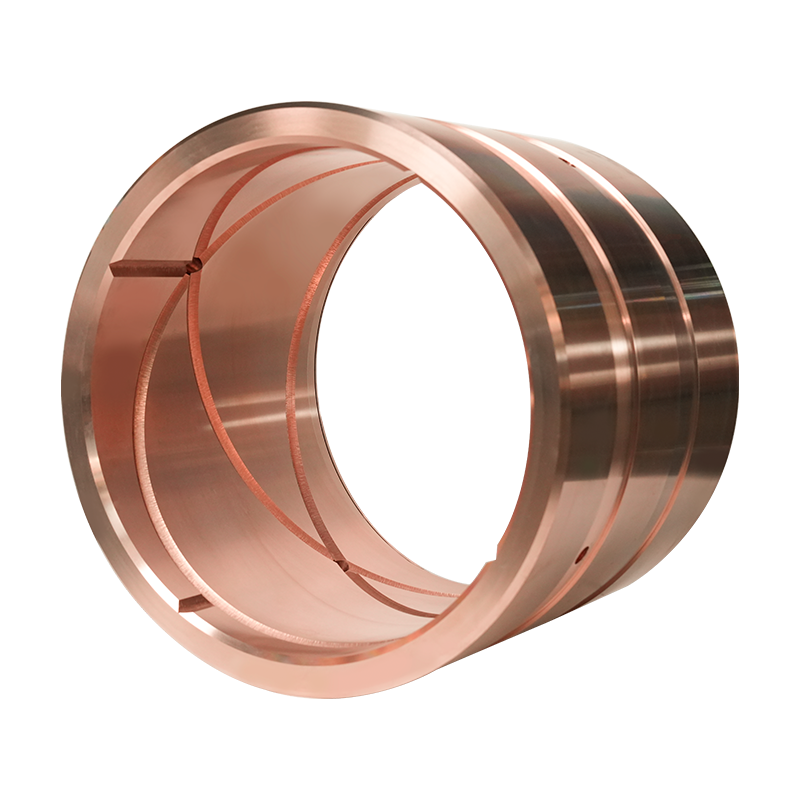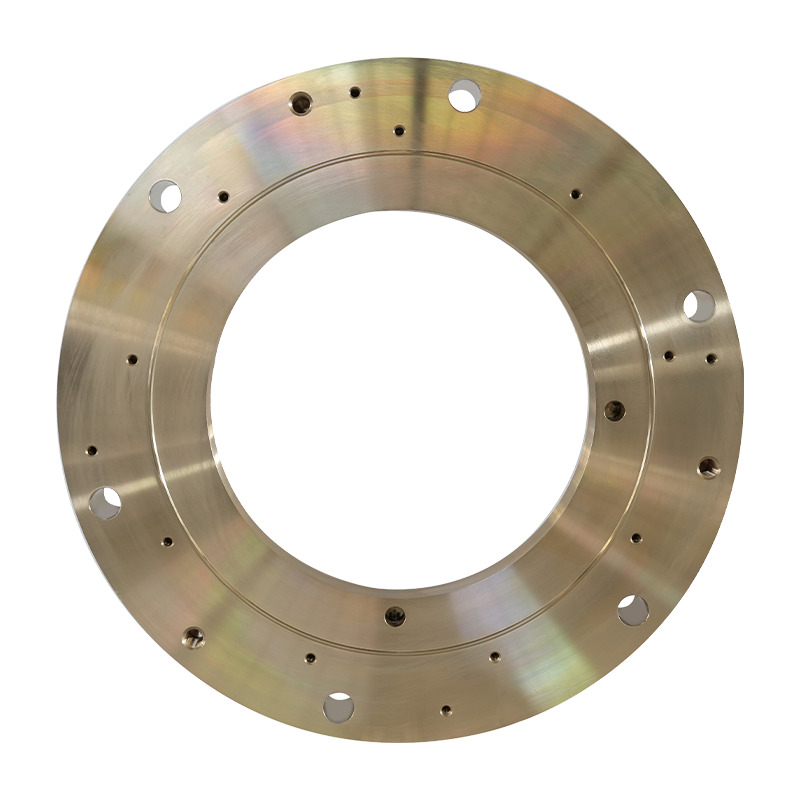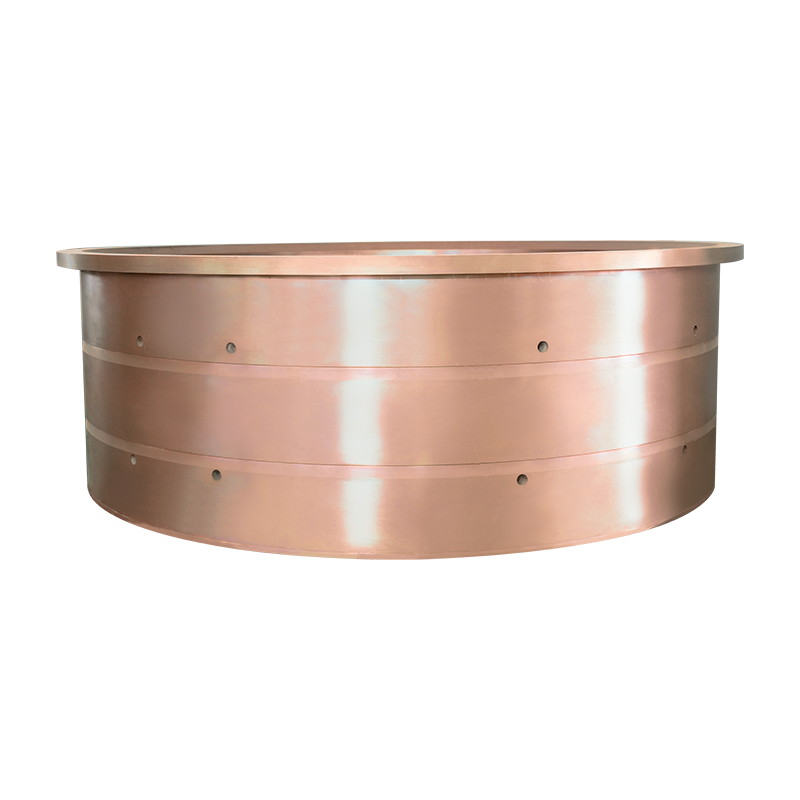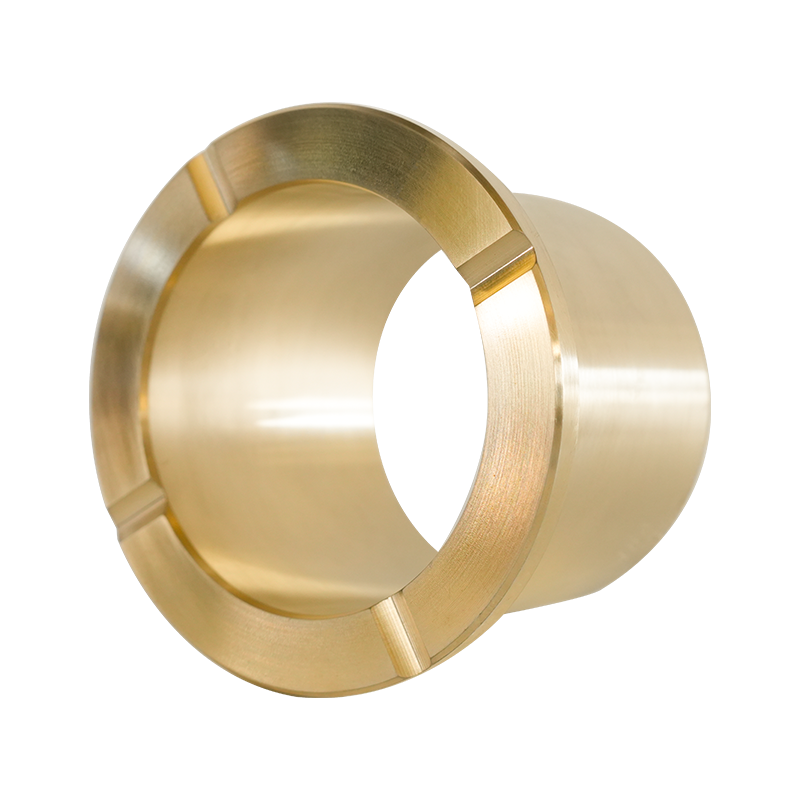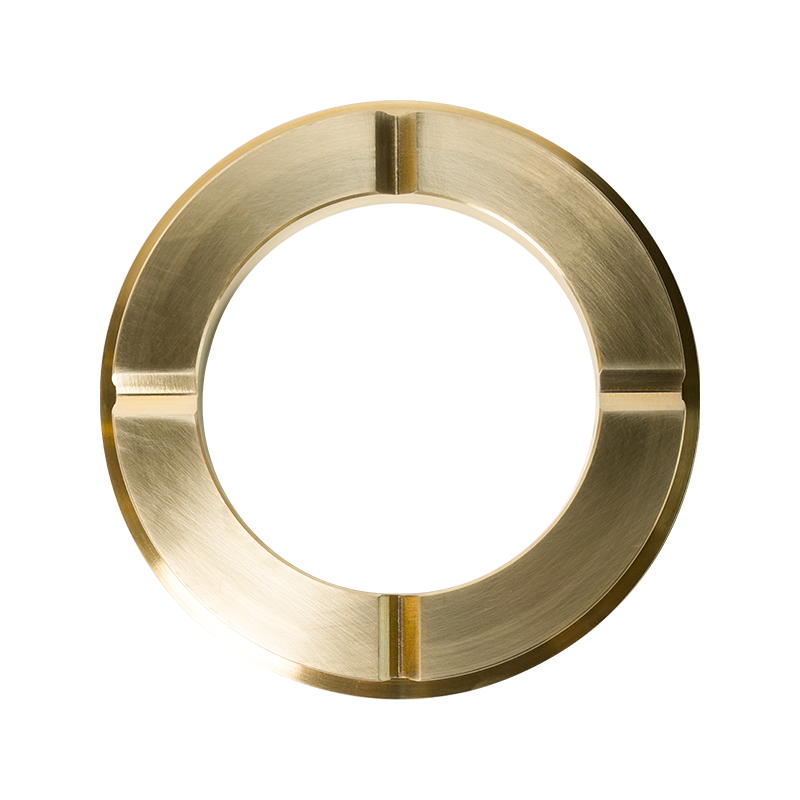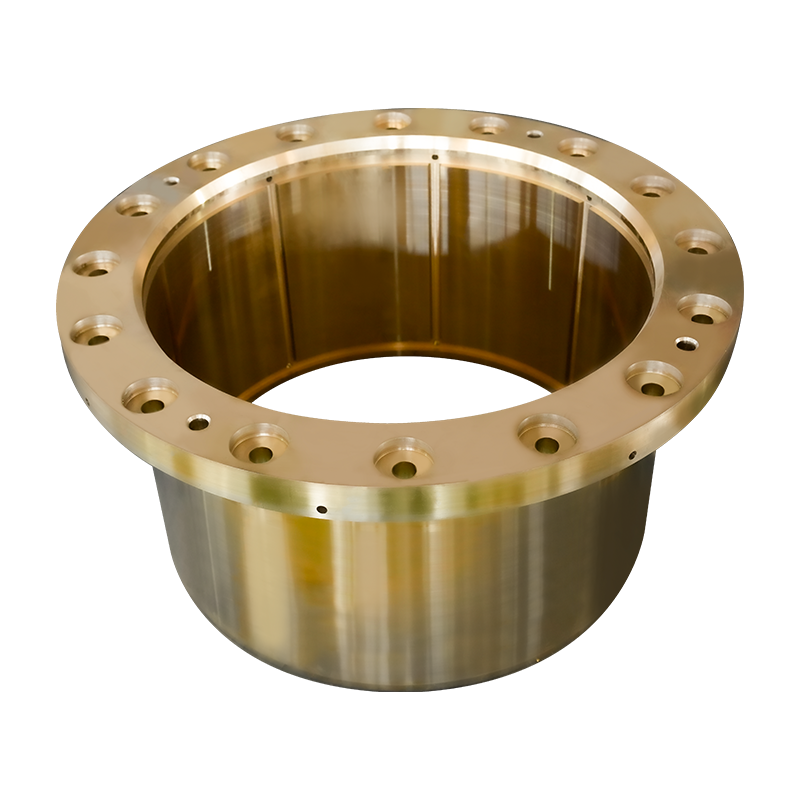1. Definition: A self-lubricating bushing is a bearing component that integrates a solid lubricant, enabling continuous lubrication without the need for external grease or lubricating oil.
2. Structural Features: A solid lubricant (such as graphite, PTFE, or metal sulfides) is embedded within a metal matrix (usually copper alloy or bronze) to form a uniform lubricating layer.
3. Main Materials: High-strength copper alloys, bronze, or aluminum bronze are used, combining good thermal conductivity and corrosion resistance. The addition of solid lubricant further enhances self-lubricating performance.
4. Applicable Environments: Suitable for high-load, high-temperature, and dusty or oily environments, such as mining equipment, marine propulsion systems, and oil drilling platforms.
How do self-lubricating bushings reduce noise and improve efficiency in machinery?
1. Reduce friction noise: The solid lubricant forms a thin film on the working surface, significantly reducing friction noise generated by direct metal-to-metal contact, making machine operation quieter.
2. Maintains a low coefficient of friction: Even under high temperatures or high loads, the lubricant supply remains continuous, maintaining a low coefficient of friction, reducing energy loss, and improving transmission efficiency.
3. High load-bearing capacity reduces impact: Through its excellent load-bearing capacity, the bushing can smoothly withstand impact loads, avoiding vibration and noise caused by impacts.
4. Durable and long-lasting, reducing maintenance downtime: No need for regular lubrication or lubricant changes, reducing maintenance frequency and downtime, resulting in more continuous and efficient overall system operation.

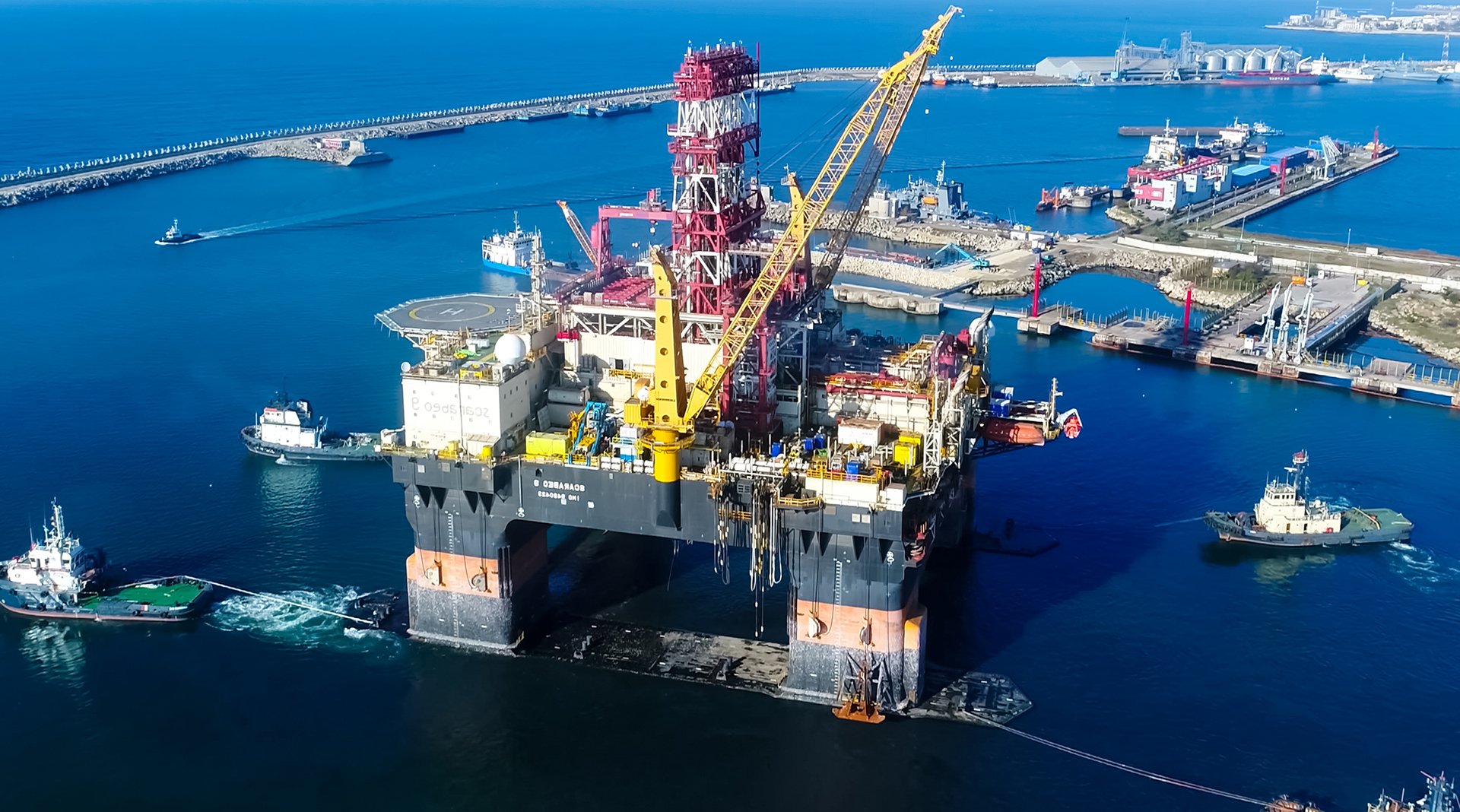
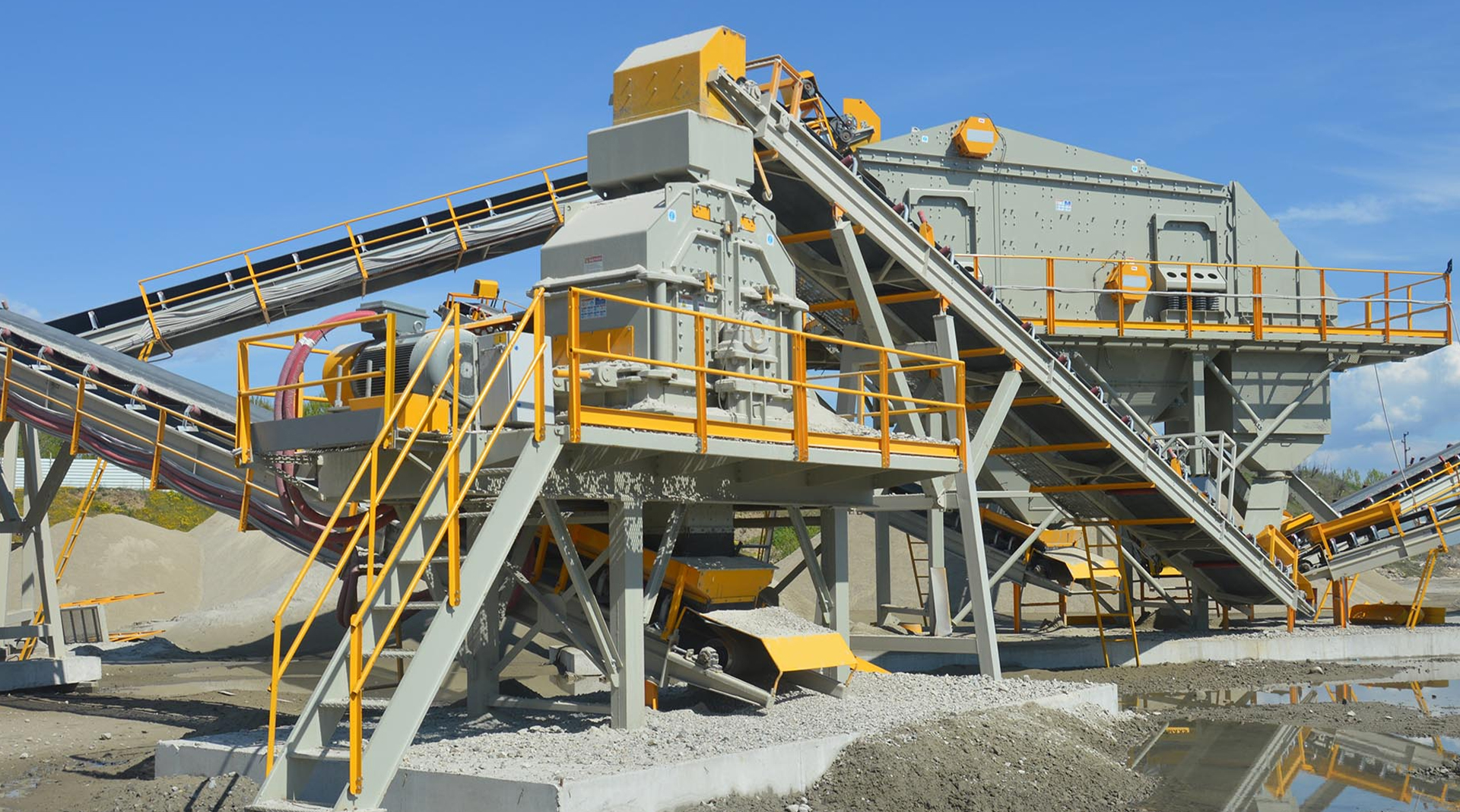
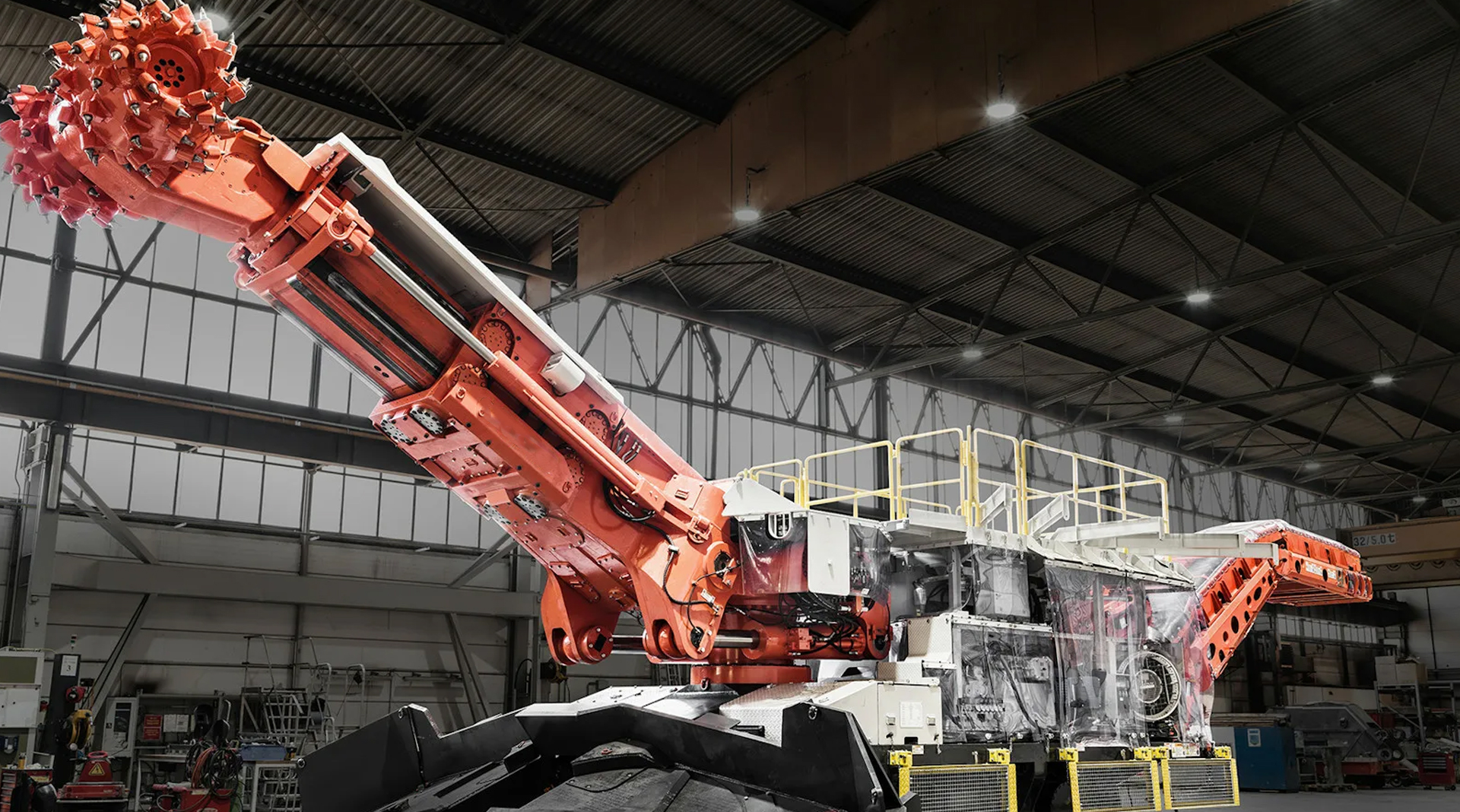
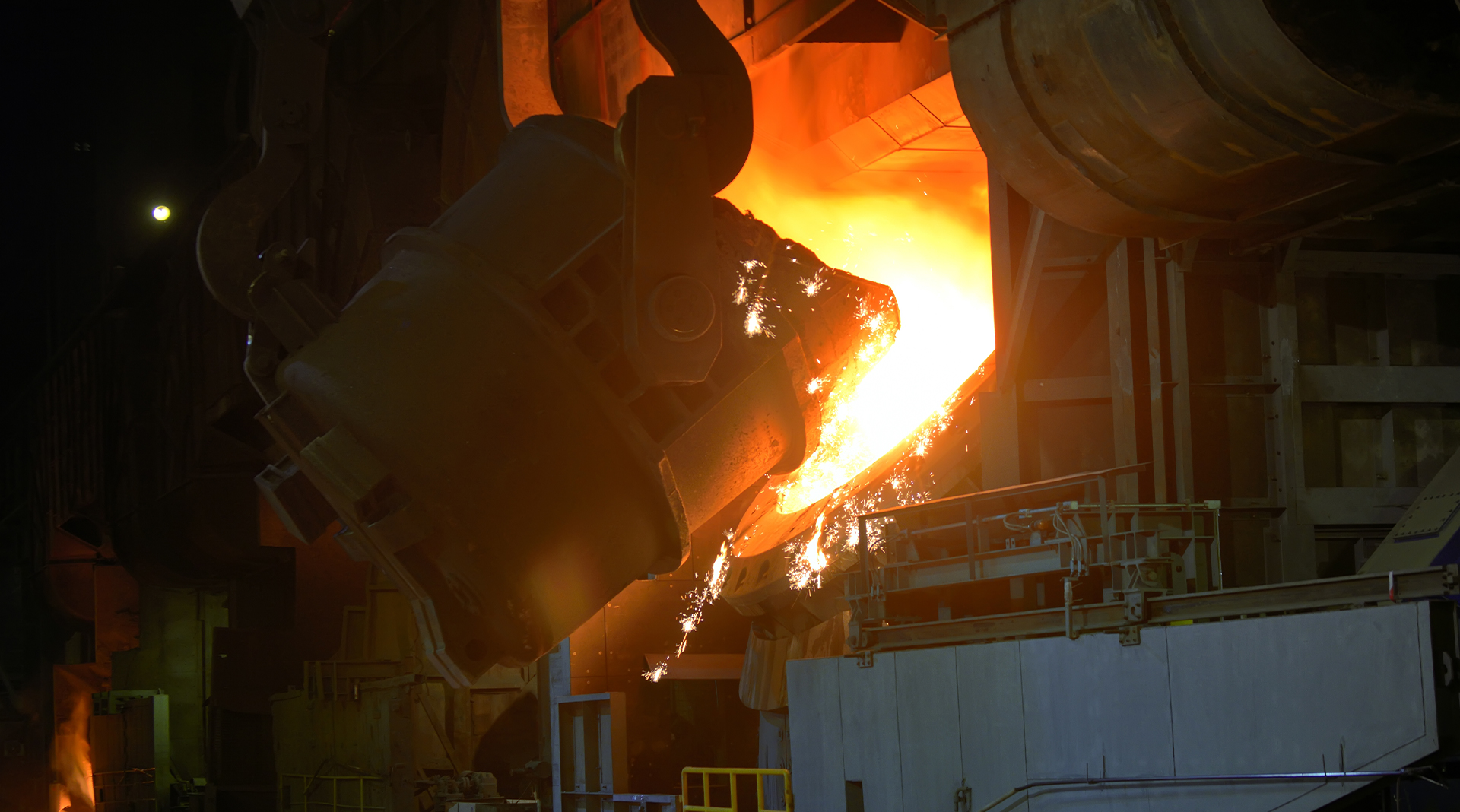



 English
English 日本語
日本語 русский
русский Deutsch
Deutsch
